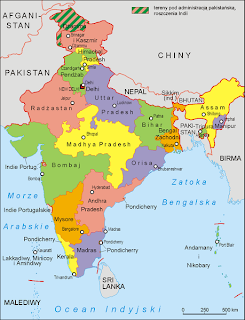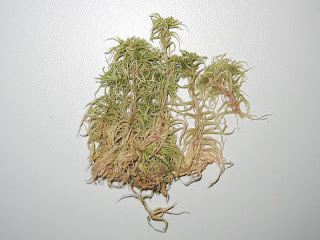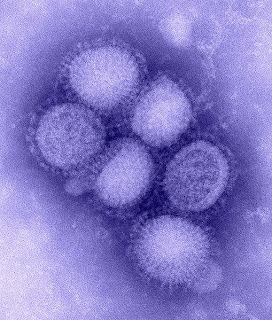I found an interesting little article (New Dehli superbug named unfairly says Lancet editor) in the BBC about naming bacteria, and whether or not it is fair to name a bacteria after a place.
 |
| Map of India. Source: Wikimedia Commons. |
The bacteria in question is called New Delhi metallo-beta lactamase 1 (NDM-1) and was discovered by researchers from Cardiff University in the UK. According to the BBC’s article the researchers named the bug after the city because the patient whom they first noticed it in, had been in a hospital in Delhi.
The Lancet, the journal that published the article about the bacterium has made a statement saying that the name of the bug is unfair because it stigmatizes India. The bug has since been found in Europe, the US, Canada, Australia, Africa, and East Asia.
While I get why India might be pissed off (no one wants bad things named after them) I think you really have to analyze the impact that the name will have. Honestly, the bug is going to be known as NDM-1. Very few people would use the term ‘New Delhi metallo-beta lactamase 1’ in conversation. Of the people that will use and know the real name of the bug, it will not be the tourists interested in coming to India. Therefore I find the argument that the name will harm India’s tourism industry kind of overblown.
I also find it interesting that the Lancet essentially threw the Cardiff University researchers under the proverbial bus. Again, I understand that the journal has to protect itself and its reputation, but if the researchers stand by the name I don’t think its the journal’s job to denounce it. If nothing in the research is wrong factually, I don’t think the journal should issue a public statement saying that the researchers showed poor judgement. It makes me wonder who was putting pressure on the journal to make a statement.


